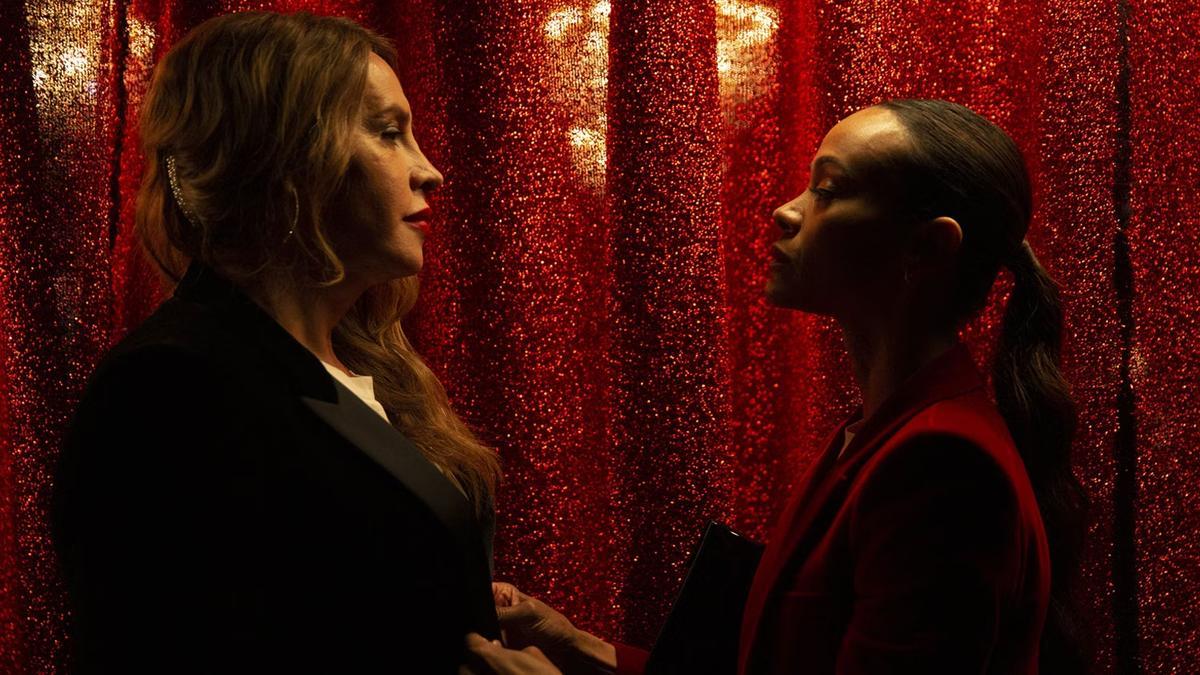
As the dust settles post the pandemic frenzy, streaming platforms no longer represent an “alternate media” but are now firmly entrenched in the landscape of mainstream entertainment consumption. These platforms have catalyzed an evolution, presenting content that breaks the traditional mold and might not normally find a home on big-screen cinema. Crucially, it’s an evolution that has provided a significant boon to female filmmakers, particularly from the vibrant Tamil film industry, many of whom have moved to streaming in recent years.
One such pioneer, Director Nandhini JS, kicked off this trend with her Tamil web series, Nila Nila Odi Vaa, in 2018. Her recent work, the series Inspector Rishi, reflects her journey through the new medium. Nandhini acknowledges that although gender may not be a primary concern for creators, it certainly shapes the expectations and reception from audiences. She reflects on the challenges of traditional film-making where the market dynamics tend to favor male-centric stories aimed at a male-dominated theater-going audience. For women creators, navigating this space often means compromising on the stories they wish to tell. In contrast, streaming platforms offer a broader canvas, welcoming a diverse range of stories and genres, thus providing more opportunities for women in technical roles.
Directing another beam of light on the subject is filmmaker Madhumita, whose work KD Engira Karuppudurai received acclaim on streaming platforms following its theatrical release. Madhumita, through her experience with OTT services, notes the unique modus operandi of streaming content development compared to traditional film. It’s a meticulous process that involves developing a project over six to eight months, furnishing a collaborative space that is particularly supportive for newcomers to the scene.
She delineates clear distinctions between online media and movie theaters. The pressure to perform at the box office during the opening weekend is mitigated in streaming, and the demand for marketable stars is less stringent, although their presence can still amplify a show’s reach. This allows for both innovative storytelling and more latitude in casting decisions, a liberty that acutely benefits emerging directors.
Director Kiruthiga Udhayanidhi, having created the ZEE5 web series Paper Rocket, insists that the essence of filmmaking goes beyond gender, medium, or audience demographics. The streaming space has widened opportunities for all filmmakers, and it has become commonplace for directors to navigate between streaming and traditional cinema.
Meanwhile, Director Halitha Shameem highlights the professional environment that OTT platforms maintain. Compared to the uncertain fate of feature films post-production, streaming services offer a structured approach that maintains creative freedom while ensuring delivery as per promises, affording filmmakers a different kind of control. Halitha also points to the need for creators to adapt to working with corporate entities, an area where she suggests women may possess strong negotiating skills.
Wrapping up the perspectives is Madhumita, who is currently working on a Hindi adaptation of Angamaly Diaries. She emphasizes that the love for cinema experienced in movie theaters cannot be supplanted by streaming services. For her, OTT stands as a complementary medium, freeing storytellers from the confines of conventional metrics of success and allowing them to craft narratives without reservation.
In conclusion, the rise of streaming services is less about providing an alternative and more about expanding the creative landscape for filmmakers. It enriches the cinematic experience, both for creators and audiences, and is especially empowering for female directors who can now tell their stories with fewer compromises. Tamil cinema, as with the rest of the Indian cinematic experience, is at an exciting crossroads, poised for evolution with talented women filmmakers at the forefront of this transformative wave.










